On June 7, 1982, researcher Donna Compton stood out on The Nature Conservancy’s Regal Meadows preserve in Minnesota, setting up bird survey stations. Buffeted by winds that gusted up to 45 miles per hour, she wrote down the animals she observed along the way.
She heard the winnowing of a Wilson’s snipe and discovered a mourning dove nest with two eggs under a willow tree. A kestrel sailed overhead, hunting for its next meal. A mink ran across the road.
For years, historic records like this one have lived on in four-drawer file cabinets and on Conservancy computers. Some of them record the results of wide-ranging biological surveys, while others note incidental sightings.
But each one is a unique snapshot of the creatures living on lands owned by The Nature Conservancy at a certain moment in time. And as time passes, these records can be lost.
A file cabinet gets cleaned out after a project ends. The staff member overseeing the project retires. What becomes of these unique records once the project they served is over and done?
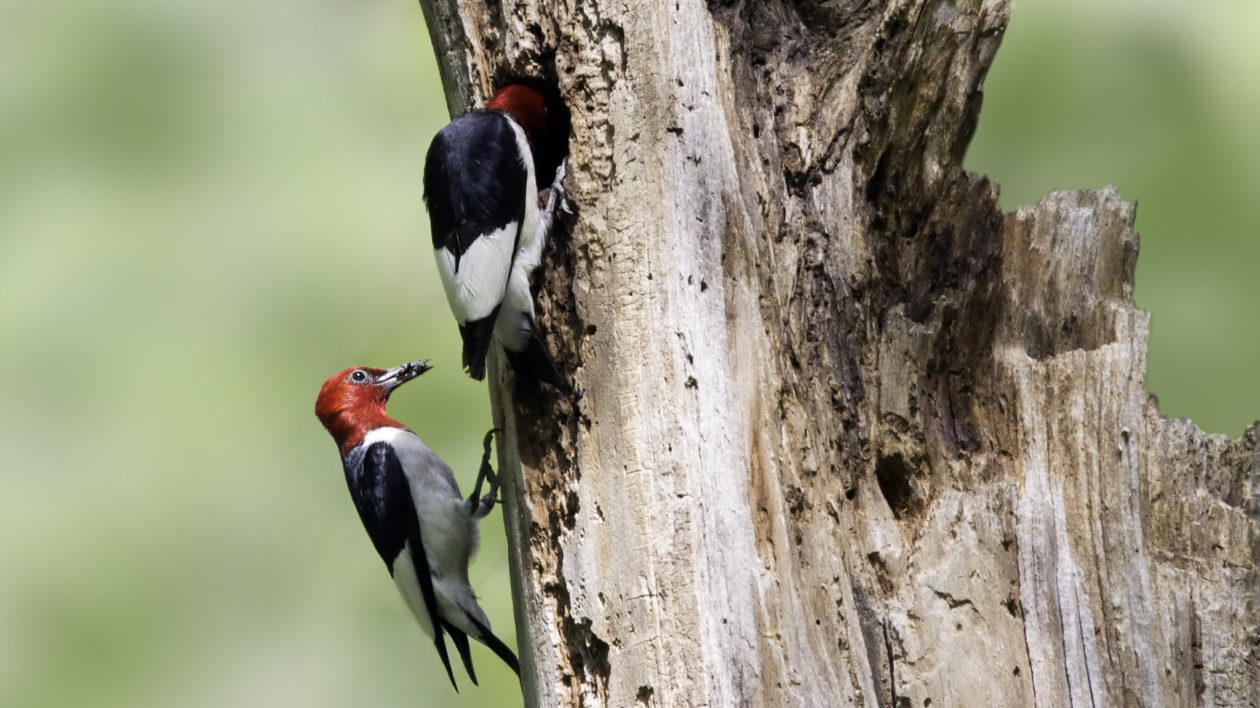
Recently, the Minnesota chapter took a closer look at some of these historic records and decided to give them a new life. Between 1979 and 1982, the chapter sent teams out into the field to inventory the plants and animals on its preserves.
These detailed reports provided a baseline of the biological communities that were living there at the time. Now, fast-forward forty years. From invasive species to climate change, a complicated ebb-and-flow of circumstances has been shifting and tugging on the natural world over the past four decades.
I’ve signed on for Phase I of this project. Our first job, we decide, is to make sure the records endure. The next is to see if they can teach us something.
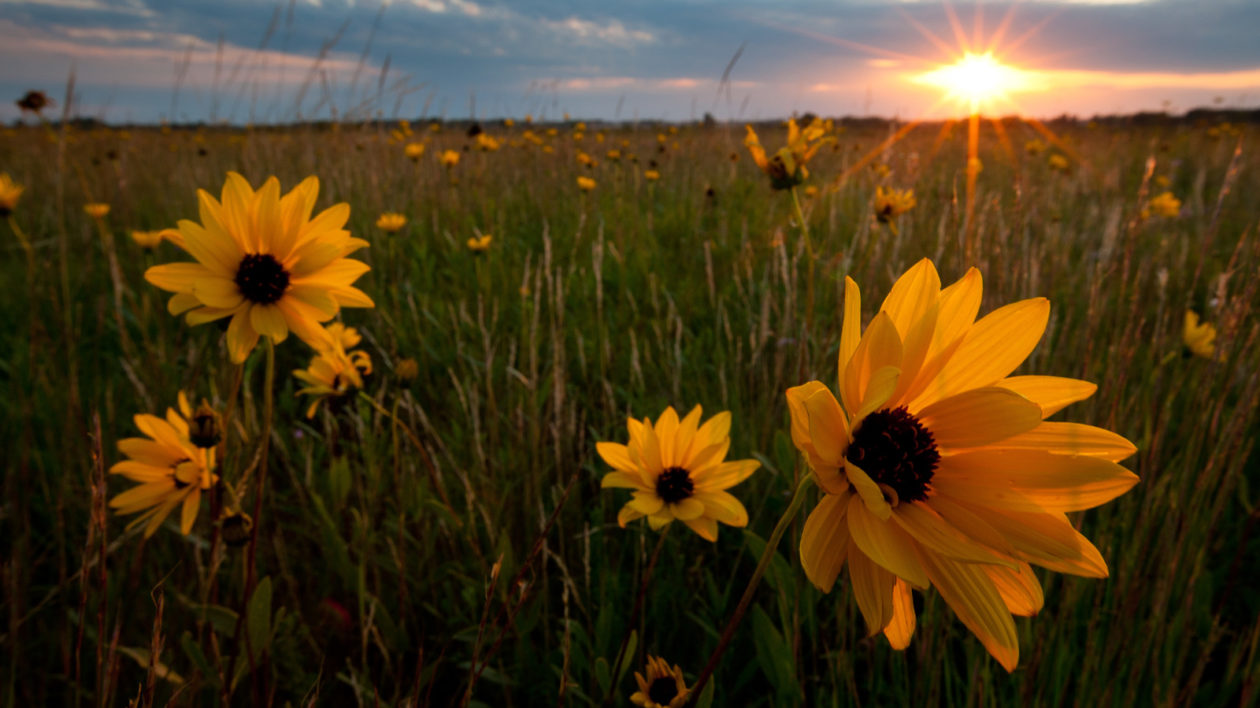
Sifting through charts and lists, my focus is squarely on birds. Since eBird is currently the leading online bird observation platform, we decide it is the natural place to share these records. EBird was launched in the western hemisphere in 2002, and globally in 2010, so most of its records are from this century.
Our 40-year-old data has real value here, because it will help expand the knowledge base of bird populations over time. Both the public and scientific researchers who access eBird datasets will be able to view and use the data we submit.
A lot happens behind the scenes to get our data ready to share. Chasing down records is like gathering up a handful of feathers that have been scattered to the wind. I find gaps and duplications, and messy handwritten notes crying out to be deciphered.
Along the way, I learn a lot of old names for familiar birds. Marsh hawks are now known as northern harriers. The green-backed heron is now the green heron – okay, I guessed that one. But what are these “long-billed marsh wrens” and “short-billed marsh wrens” I keep seeing? Answer: marsh wrens and sedge wrens.
As data ages, the world changes. Names change. Birds that were common a few decades ago are suddenly hard to find. As I type and transcribe, I see patterns starting to emerge.
Some are stories of success. Wild turkeys, bald eagles and trumpeter swans don’t appear on a single one of the chapter inventories from forty years ago. Today, all three of these species are thriving in Minnesota.
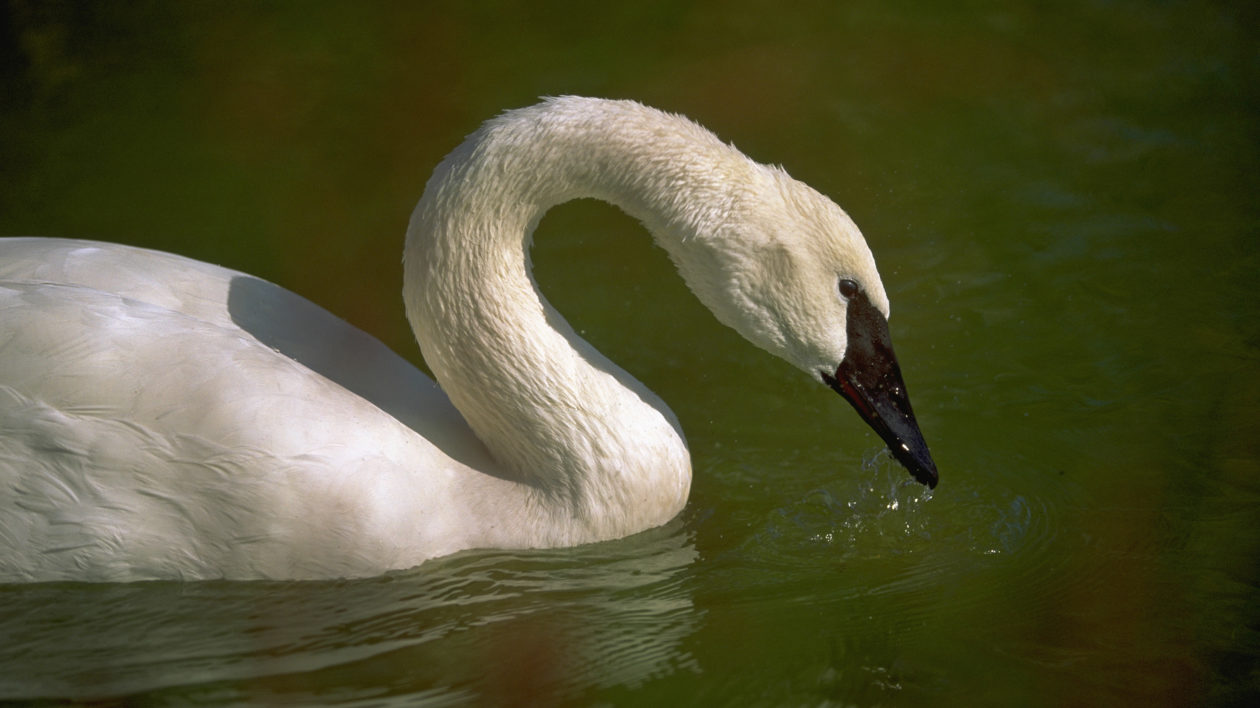
When I come across a Significant Bird Sighting record for a Canada goose, I realize how much the world has changed. Canadas are now a nuisance bird in some urban areas, due to their expanding populations and liberally-scattered droppings. The next time I gingerly cross a park where geese are grazing, I try to imagine a time when seeing one was a rarity, an unexpected treat.
Other lists paint a different sort of picture – namely, that there is no guarantee a once-abundant bird will stay that way.
Some of the records seem to mirror the broad bird declines that have been reported in recent years. Forty years ago, red-headed woodpeckers were spotted fairly regularly on our wooded preserves. They are much harder to find today. Meadowlarks were downright common on prairie landscapes. In my home county, a meadowlark sighting today is rare enough to alert the local bird club. In both cases, loss of habitat is a major factor in the decline. For certain species, scarcity has become reality.
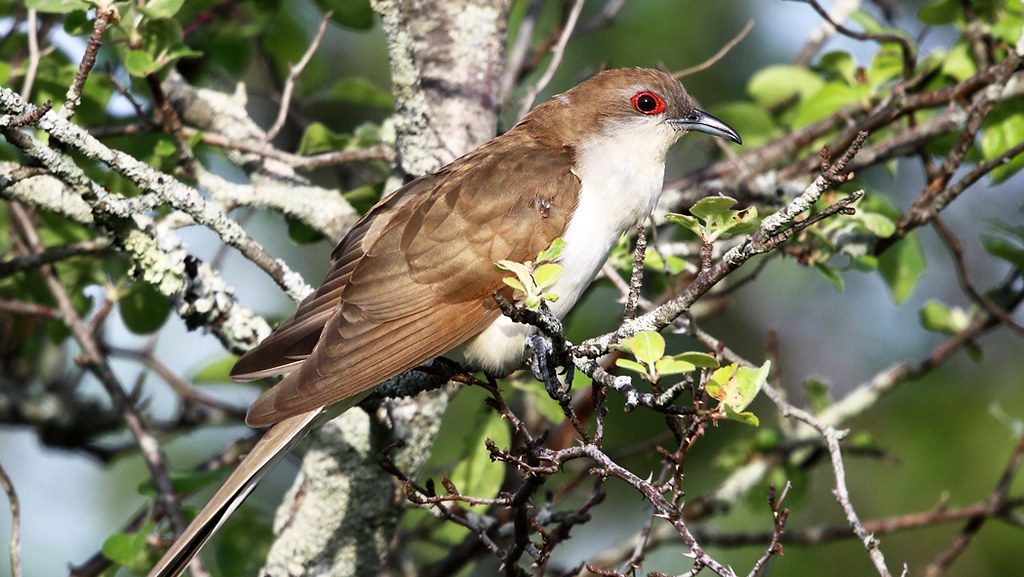
The decline that really stands out to me is the cuckoos. Yellow-billed and black-billed cuckoos are secretive woodland birds; they are happy to eat the hairy caterpillars that most other birds avoid. They show up regularly in our old censuses.
But they’ve had a hard time of it in recent years. According to the North American Breeding Bird Survey, yellow-billed cuckoo populations declined by roughly 52 percent from 1966 to 2015. Partners in Flight reports that black-billed cuckoos have decreased by an even greater number – an alarming 68 percent drop since 1970.
That loss hits home. I’m an active amateur birder, and I have never seen a cuckoo in Minnesota. Thinking that perhaps I was hearing them but not seeing, I listed to recordings of their calls, but they were unknown to me. The only one I’ve ever seen had struck a window on my house, which killed it.
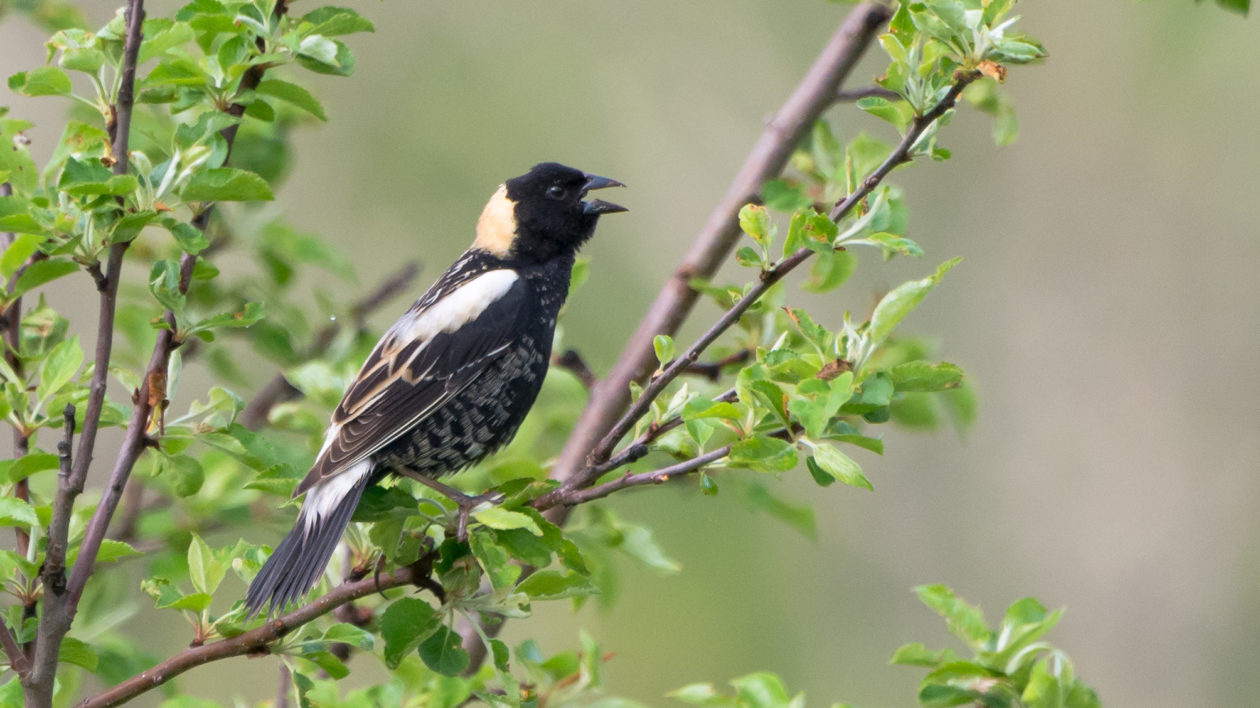
Even so, it’s not all dire news.
This summer, a team of researchers re-surveyed TNC’s Bluestem Preserve, using the same survey points used in the 1980 inventory. They found that the same suite of prairie bird species observed 40 years ago was still present, essentially intact.
Bobolinks, common yellowthroats, brown-headed cowbirds, sedge wrens, and western meadowlarks were common both then and now. Grasshopper, clay-colored and savannah sparrows were observed on both counts. Other species, like Wilson’s snipe and black-billed cuckoo, were present, if not abundant. It’s reassuring to see evidence of a fact that we want, innately, to believe: our preserves are doing their job.
When the first of the Minnesota chapter researchers put pen to paper in 1979, I was seven years old. As I pore over the records today, I sometimes think about what I was doing on those same summer days in 1979. While TNC staff counted birds – in all kinds of weather – out on the western prairies, I was swimming in the lake. Catching crayfish. Running through the woods.
And listening for the songs of the birds that, hopefully, will endure for decades to come.
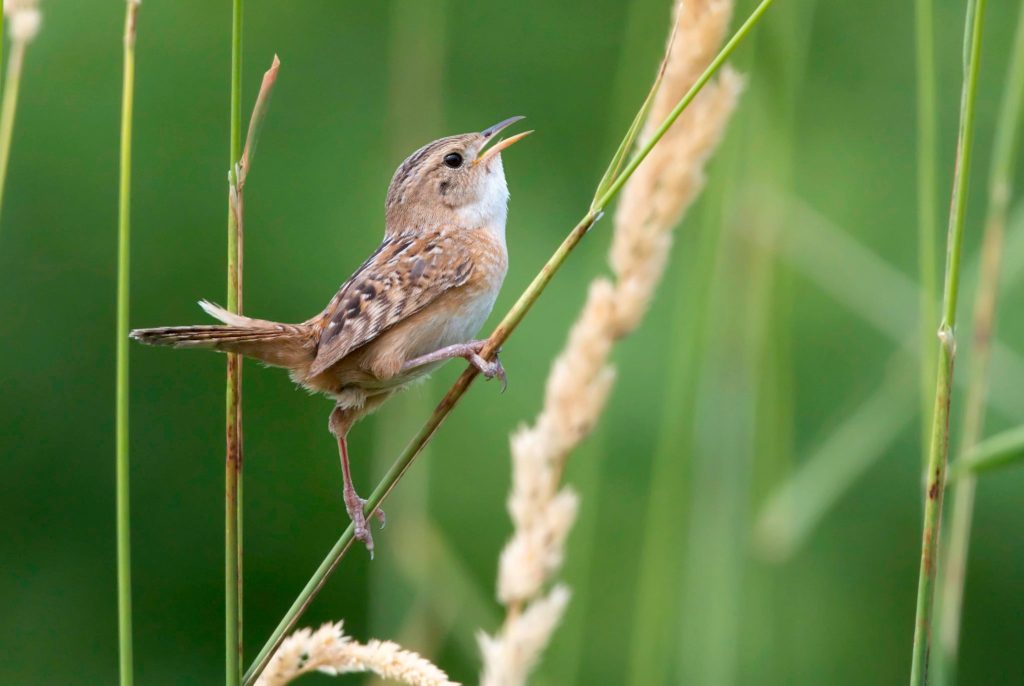



Excellent story/article Karen. Thanks for sharing.